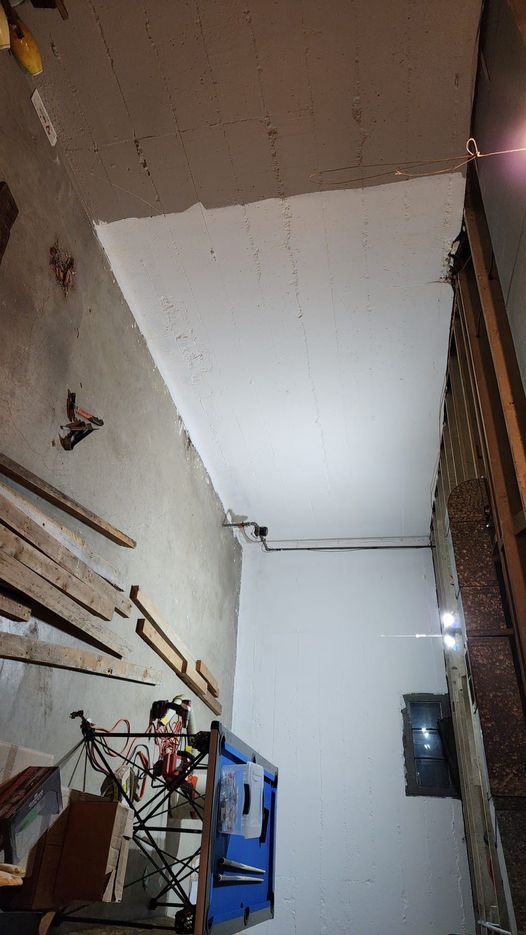What type of insulation is recommended for concrete basement walls in Washington state to meet energy code requirements without trapping moisture?
12 months ago
Last Updated: June 24, 2024
I’m in the midst of finishing up my basement, and I’m looking into insulation options. I was thinking of going with 2 in. Owens Corning R10 board since it’ll be up against the cement. However, I just found out that WA state requires a minimum of R21 insulation for energy code compliance. Any suggestions on what type of insulation I should use for the concrete walls that won’t trap moisture?

The energy code takes into account everything as a whole. Block, siding, drywall, all play a role in the R Value
Got it, appreciate the info!
Adding 2 layers of that r10 foam in the above grade areas should provide sufficient coverage. If there are no issues, just 1 layer can make a significant difference. You might want to consider sealing that concrete with drylock. Moisture can seep in and never escape.
Have you thought about spraying the concrete with a water repellent paint?
I personally only bring batts down to 1ft below grade. The ground acts as an insulator, especially at 45 degrees, and the open space allows moisture to escape, promoting air circulation. I also ensure that no studs come into contact with the walls to avoid mold issues. In the future, if I have a basement with proper waterproofing and exterior insulation, I would prefer the panels to be installed outside for maximum insulation.
I’m not a fan of Batts, especially in a basement
R21 seems unique for a below grade wall with a high window. Are you dealing with a grade change so only part of your basement is below grade?
Do you happen to know if insulation is included in the masonry walls? Cavity filled block?
If so, where is the insulation or siding on the exterior?
These factors all contribute to the total R value.
Also, have you thought about the intended use of the space? Will it be for storage without any finishes?
Or are you planning on drywall and paint? In that case, you will need studs to support the drywall.
All the basement walls are below grade up to around the bottom of the windows. It’s about 6 feet deep, and I’m unsure if there’s any insulation in the walls.
I didn’t search for WA. Have you confirmed that the “code” applies to a structure below grade and on a large scale?
R-21 seems to be for an above-grade framed structure.
How old is the basement? What were the building codes back then?
There are options available that offer R1-5 on exterior walls below grade, in addition to waterproofing, especially in newer structures or during retrofitting.
I’ve heard that insulating the rim joist is the most cost-effective insulation option. ‘t forget to seal any air leaks too!
Be sure to also install a vapor barrier against the wall as dry lock paint may not be very dependable.
Will you also be doing the framing? R13 fits within a 2×4 depth and when combined with your R10, it will meet the minimum R21 code requirement.
Choose the insulation that fits your budget and needs. ‘t stress about government interference. It’s not their concern
Start with R10 foam and then add R15 between the studs. Follow the building code
Use 2 pounds of closed cell foam. Make sure to build walls 1.5 inches away from the wall so the foam can get behind each one. It’s a good idea to have rim joists sprayed first because the top plate of the wall will block the closed side
No content
I’m using the same approach – placing 2″ Owens Corning r10 foam against the concrete, followed by 2×4 framing with unfaced r13 in between the studs, resulting in r23 total insulation.
Just do whatever you want with the insulation in your home. Inspectors won’t cut into your drywall to check it, so no need to overthink it.